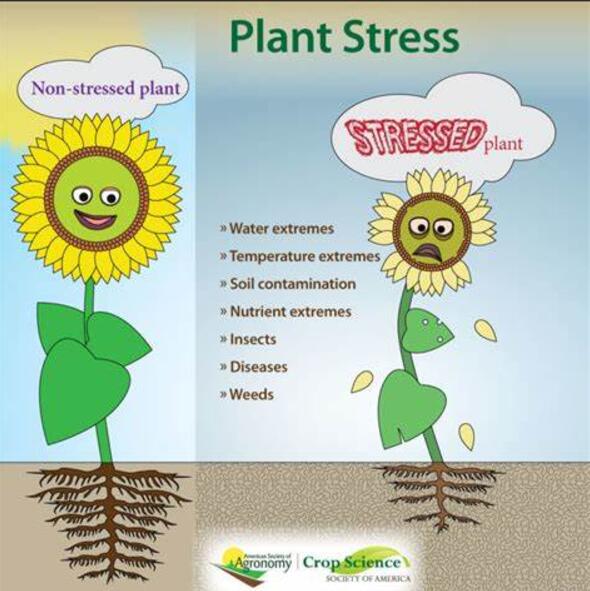Multi-level approach to screen tomato inbred lines for resilience to Ni-enriched soils and water deficit
IF 6.8
Q1 PLANT SCIENCES
引用次数: 0
Abstract
Climate-driven increases in drought occurrence and the contamination of soils by heavy metals adversely affect tomato production both qualitatively and quantitatively. The aim of the present study was to investigate the responses of four inbred lines of Solanum lycopersicum to Ni toxicity and water deprivation. To evaluate the effects of Ni, we used two different growth approaches, in hydroponics and in soil, associating a morphological analysis of the lines with Ni and mineral nutrient quantification in both shoots and fruits. The effects of water stress were tested on germination capacity in vitro and on adult plants grown in soil. The responses of the different lines to water stress were assessed by physiological and phenotypic analyses, expression of drought-related genes and quantification of ABA. The multi-level approach allowed us to identify two lines, among the four investigated, as good candidates for future breeding programs due to their ability to accumulate less Ni and maintain fruit quality parameters and capacity to acclimate to repeated water stress.
求助全文
约1分钟内获得全文
求助全文
来源期刊

Plant Stress
PLANT SCIENCES-
CiteScore
5.20
自引率
8.00%
发文量
76
审稿时长
63 days
期刊介绍:
The journal Plant Stress deals with plant (or other photoautotrophs, such as algae, cyanobacteria and lichens) responses to abiotic and biotic stress factors that can result in limited growth and productivity. Such responses can be analyzed and described at a physiological, biochemical and molecular level. Experimental approaches/technologies aiming to improve growth and productivity with a potential for downstream validation under stress conditions will also be considered. Both fundamental and applied research manuscripts are welcome, provided that clear mechanistic hypotheses are made and descriptive approaches are avoided. In addition, high-quality review articles will also be considered, provided they follow a critical approach and stimulate thought for future research avenues.
Plant Stress welcomes high-quality manuscripts related (but not limited) to interactions between plants and:
Lack of water (drought) and excess (flooding),
Salinity stress,
Elevated temperature and/or low temperature (chilling and freezing),
Hypoxia and/or anoxia,
Mineral nutrient excess and/or deficiency,
Heavy metals and/or metalloids,
Plant priming (chemical, biological, physiological, nanomaterial, biostimulant) approaches for improved stress protection,
Viral, phytoplasma, bacterial and fungal plant-pathogen interactions.
The journal welcomes basic and applied research articles, as well as review articles and short communications. All submitted manuscripts will be subject to a thorough peer-reviewing process.
 求助内容:
求助内容: 应助结果提醒方式:
应助结果提醒方式:


